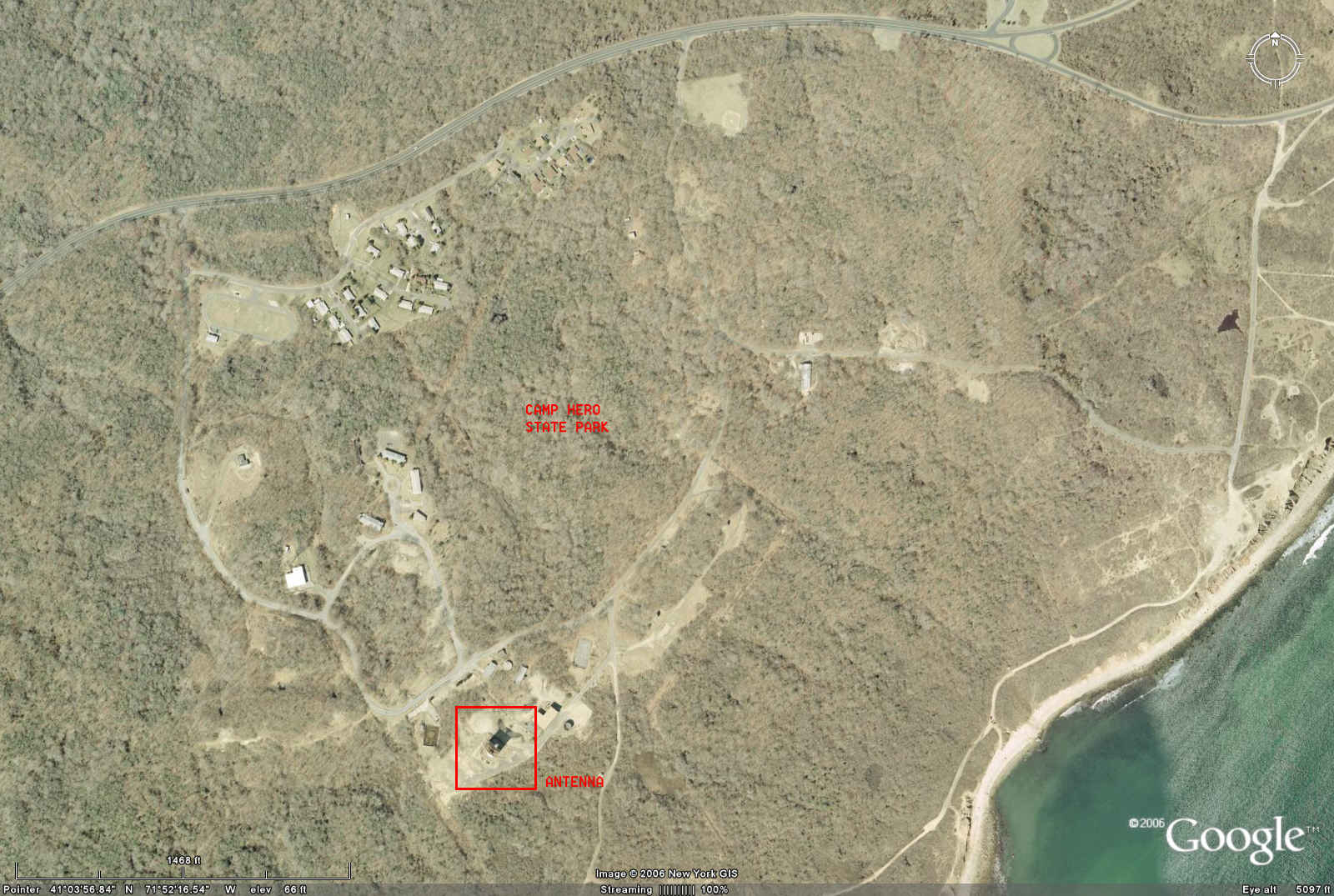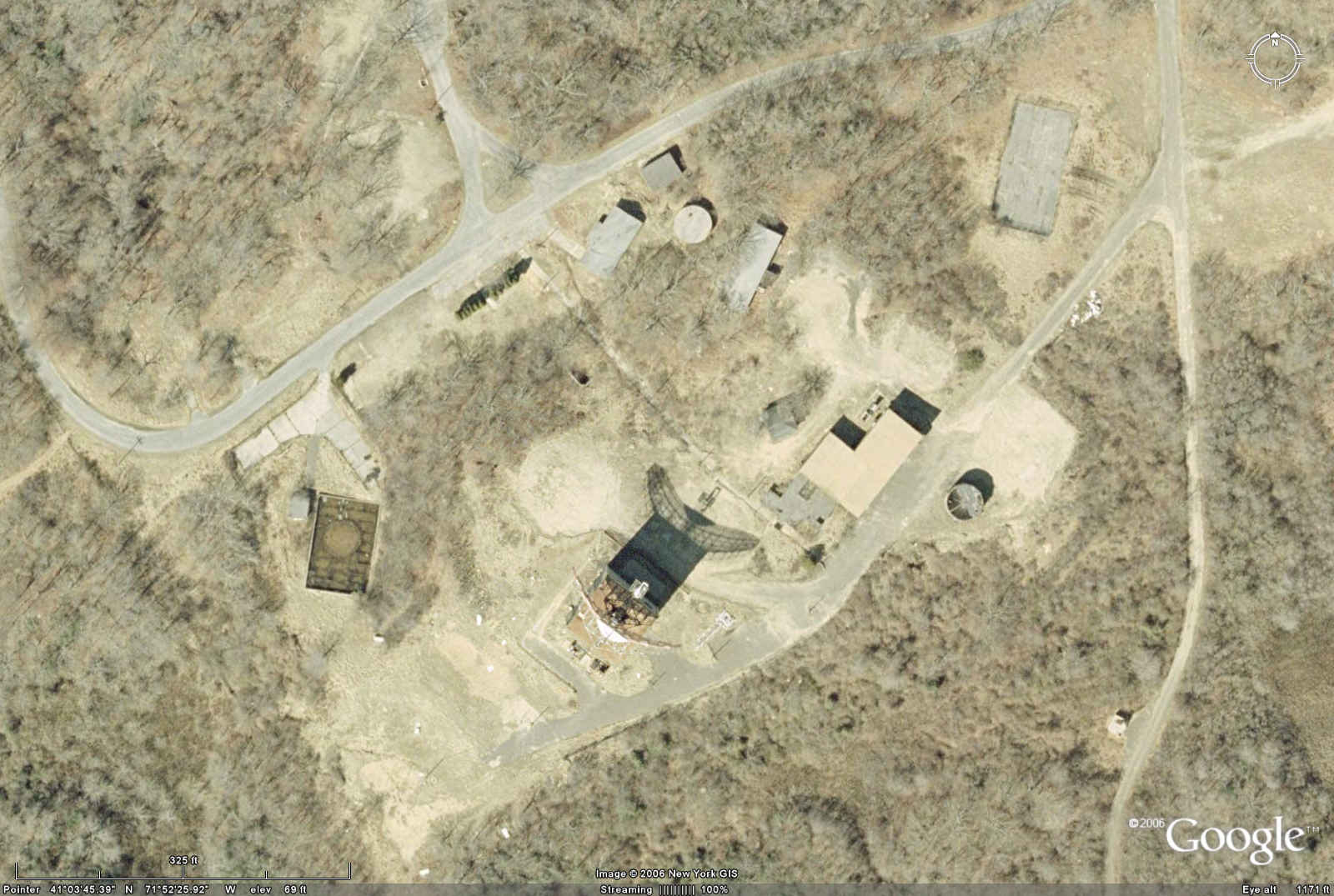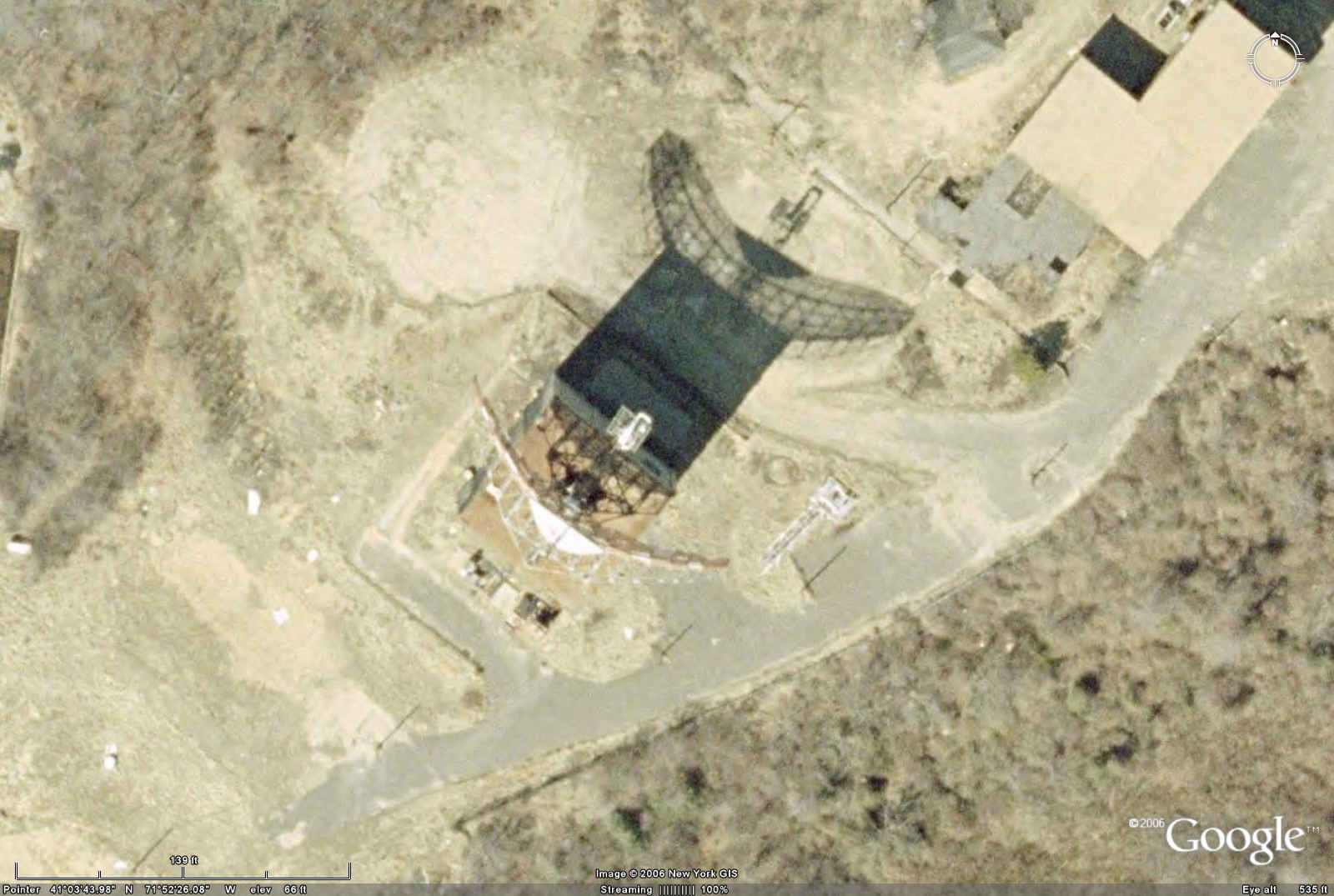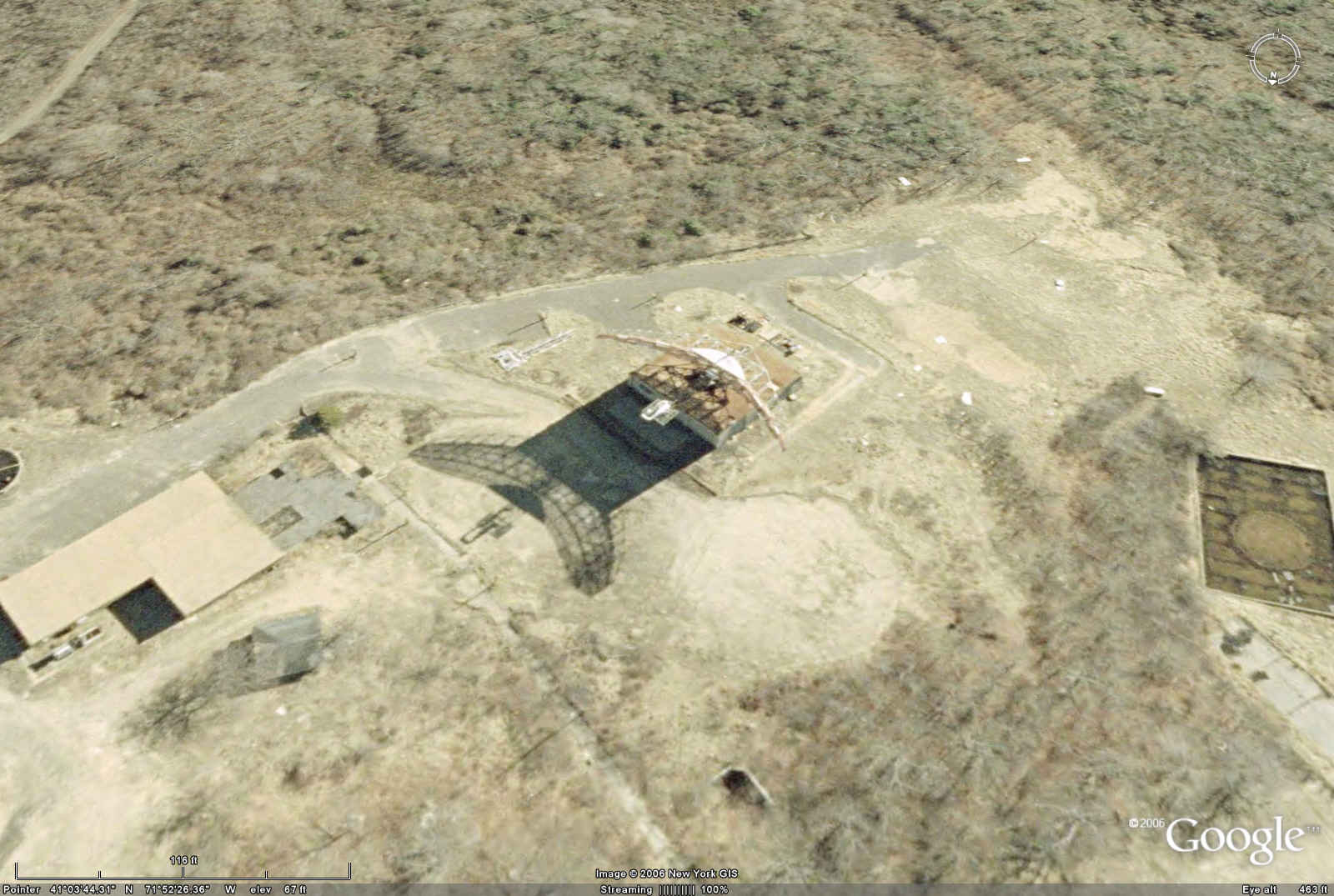|
|
|
Cryptome DVDs are offered by
Cryptome. Donate $25 for two DVDs of the
Cryptome 12-years collection of 46,000 files from June 1996 to June 2008
(~6.7 GB). Click Paypal or mail check/MO made out to John Young, 251 West
89th Street, New York, NY 10024. The collection includes all files of
cryptome.org, jya.com, cartome.org, eyeball-series.org and iraq-kill-maim.org,
and 23,000 (updated)
pages of counter-intelligence dossiers declassified by the US Army Information
and Security Command, dating from 1945 to 1985.The DVDs will be sent anywhere
worldwide without extra cost. |
24 November 2006
http://travel2.nytimes.com/2006/11/24/travel/escapes/24hero.html
New York Times, November 24, 2006
[Excerpts -- More in the article about mysterious electromagnetic events
alleged to have happened at the site.]
At the end of a tree-lined, rock-strewn trail that opens onto a wide asphalt
road is a locked gate, a sign that reads “Area Closed: Trespassers Will
Be Prosecuted,” and the park’s most startling military fossil:
a weary-looking AN/FPS-35 radar system, deployed in 1960 and operational
until 1980. From a distance the tower is a dark monolith in the forest, topped
with a 70-ton, 120-foot-wide antenna that looks like a magnified fly’s
wing. Up close, it is more sad than sinister. Its windows are covered. Its
air vents are silent.
Once the most advanced surveillance radar available to the Air Force, the
tower, which was able to detect airborne objects more than 200 miles from
shore, is the only intact large frequency diversity radar left in the country.
Of all the military artifacts at Camp Hero, it looks the most out of place
amid the acres of wilderness. In fact, your first sighting of the tower can
be likened to the scene in “Planet of the Apes” when Charlton
Heston’s character comes across the Statue of Liberty partly buried
on a beach.
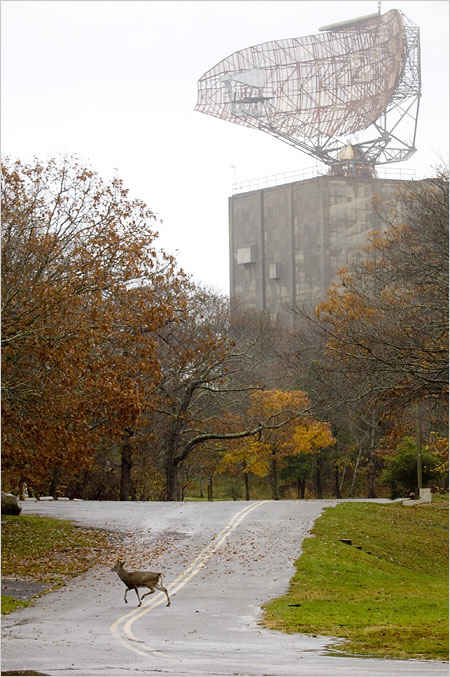
Gordon M. Grant for The New York Times
A radar tower signals Camp Hero's past.
http://radomes.org/museum/equip/fps-35.html
AN/FPS-35
![[Image]](camp-hero-radome1.jpg)
AN/FPS-35 at Montauk AFS, NY
This Sperry-built FD long-range search radar was designed to operate at 420
to 450 MHz. It was first deployed in December 1960, but problems hampered
the program. Four of these units were operational in 1962. Eventually twelve
(12) AN/FPS-35 radars would become operational in the US. The system suffered
frequent bearing problems as the antenna weighed seventy tons.
![[Image]](camp-hero-radome2.jpg)
Source
Brochure outside panels
http://www.petemuseum.org/AirDefANFPS3501Large.html
![[Image]](camp-hero-peterson.jpg)
The AN/FPS-35 Long Range Search Radar, built by the Sperry Gyroscope Company,
was one of several frequency diversity radars developed for the Air Defense
Command and for the SAGE (Semi Automatic Ground Environment) System. The
FPS-35 was first deployed in 1960, but was not operational until 1962. Frequent
bearing problems plagued this radar because the antenna weighed more than
70 tons. Twelve FPS-35 radars eventually became operational in the Continental
United States..
http://www.nysparks.com/news/press/view.asp?pressID=245
[Excerpts]
The property served a particularly important role during the Cold War. Renamed
the Montauk Air Force Station in 1951, the Air Force used the camp for
Antiaircraft Artillery training as well as for the site of a major radar
installation. Part of several air defense radar networks, including the first
two such networks in the United States, the Montauk Air Force Station was
charged with defending the New York metropolitan area and the Northeastern
United States from nuclear armed Soviet bombers. The State received the property
through the National Park Service in 1984. A unique feature of the site is
the AN/FPS-35 radar system used more than forty years ago, one of the largest
and most advanced surveillance radars, able to detect airborne objects well
over 200 miles from shore. Camp Hero contains the last intact AN/FPS-35 radar
tower and dish in the country.

![[Image]](camp-hero-radome1.jpg)
![[Image]](camp-hero-radome2.jpg)
![[Image]](camp-hero-peterson.jpg)
